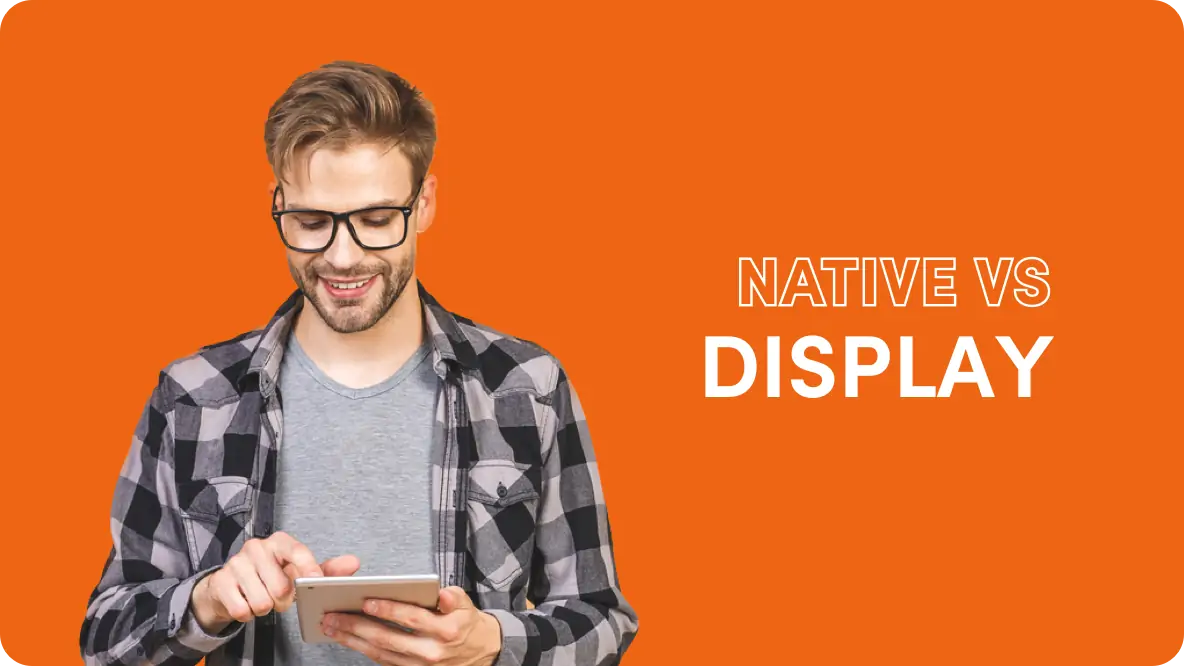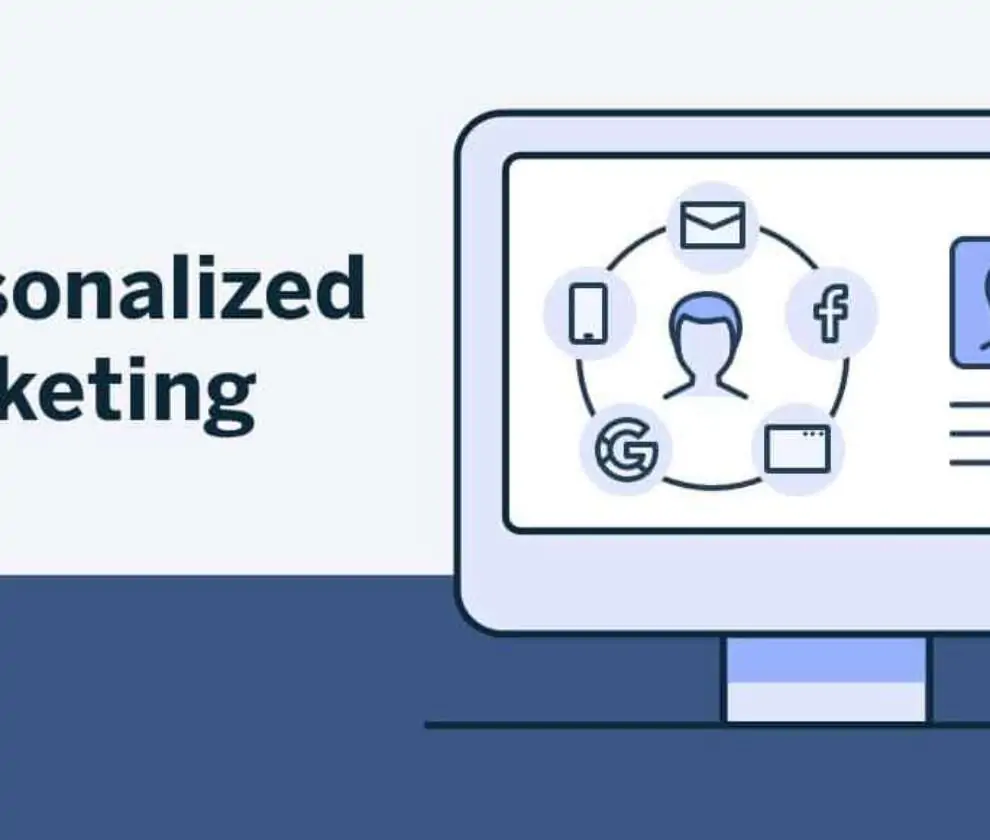
Power of Seamless Integration in Native Ads for Maximum Impact
In the ever-evolving landscape of digital marketing, native ads have emerged as a strategic and sophisticated approach to engage audiences without disrupting their online experience. Unlike traditional banner ads that scream for attention, native advertisements take a more subtle and integrated approach, seamlessly blending into the fabric of the platform where they reside. Let’s delve into the intricacies of native advertising, exploring what it is, how it works, and why it has become a cornerstone in the marketer’s toolkit.
Understanding Native Ads
At its core, native advertising is a form of online advertising designed to match the look, feel, and function of the content on the platform where it appears. The goal is to create a cohesive and harmonious user experience, making it challenging for users to distinguish between regular content and sponsored material. Native advertising can manifest in various formats, including articles, videos, sponsored content, and social media posts, tailored to fit seamlessly into the context of the platform.
“The key to successful native advertising is to create content that is valuable and informative, not just promotional. It’s about building trust and engagement, not interrupting.”
– David Perry, CMO of GroupM

The Art of Blending In
The magic of native advertising lies in its ability to blend in while still delivering a compelling message. Here’s a breakdown of how it typically works:
Platform Integration:
Native advertising is meticulously crafted to match the visual and functional elements of the platform they inhabit. Whether it’s a news article, a social media feed, or a website, these ads adapt to the style and layout of the surrounding content.
Contextual Relevance:
A key strength of native advertising is its focus on contextual relevance. The content of native advertising aligns with the interests and preferences of the target audience, ensuring that it feels like a natural extension of the content users are already engaging with.
User Engagement:
Native ad marketing aims to engage users organically. By fitting seamlessly into the user’s browsing experience, they are more likely to attract attention and generate interest. The non-disruptive nature of these ads fosters a positive user experience.
Various Formats:
Native advertising comes in a variety of formats, adapting to the diverse landscape of digital platforms. This includes in-feed ads on social media, promoted listings on search engines, sponsored articles on news websites, and more. The versatility of native advertisement allows marketers to choose the format that best suits their campaign goals.
Subtle Disclosure:
While native promotions aim to blend in, ethical considerations require a level of transparency. Most platforms mandate that native publicity include subtle disclosures, such as “sponsored” or “promoted,” to inform users that the content is paid for by an advertiser.

The Rise of Native Advertising: Why Marketers Embrace It
Improved User Experience:
Native advertising prioritizes user experience by integrating seamlessly with the platform’s content. This non-disruptive approach contributes to a more positive and enjoyable browsing experience.
Higher Engagement Rates:
The subtlety of native promotions often leads to higher engagement rates. Users are more likely to interact with content that feels native to the platform and aligns with their interests.
Enhanced Credibility:
Unlike traditional ads that may be perceived as intrusive, native publicity benefits from the credibility of the platform they inhabit. Users are more likely to trust and engage with content that doesn’t feel like a blatant sales pitch.
Adaptable to Various Platforms:
Native advertising isn’t confined to a specific format or platform. Its adaptability allows marketers to employ native promotions on social media, news websites, mobile apps, and more, reaching audiences where they naturally consume content.
Targeted and Relevant:
Native ads leverage data-driven insights to ensure they are relevant to the target audience. This targeted approach enhances the effectiveness of the advertising campaign and increases the likelihood of conversion.
Navigating the Native Landscape
While native advertising offers numerous advantages, it’s essential to acknowledge the challenges and considerations:
Disclosure Balance:
Striking the right balance in disclosure is crucial. While native advertisements aim to blend in, ethical transparency is necessary to maintain trust with users.
Platform Alignment:
Crafting native marketing that seamlessly aligns with different platforms requires a nuanced understanding of each platform’s nuances and user expectations.
Measurement Metrics:
Measuring the success of native advertising campaigns may pose challenges, as traditional metrics might not fully capture the impact of these subtle, user-centric ads.
The Future of Native Advertising: Innovations and Beyond
As digital landscapes continue to evolve, so too will native advertising. The future holds exciting possibilities, including:
Interactive Native Formats:
Expect the rise of more interactive native ad formats, such as quizzes, polls, and augmented reality experiences, providing users with engaging and immersive content.
Video Integration:
Video content is becoming increasingly popular, and native advertising will likely see more integration of seamlessly embedded videos within various platforms.
Personalization Advances:
Native promotional content will leverage advanced personalization techniques, delivering highly tailored content based on individual user behaviors, preferences, and demographics.
Cross-Platform Consistency:
Maintaining a consistent native advertising experience across different platforms will be a focus, ensuring that campaigns adapt seamlessly to various digital environments.
“Native advertising is evolving rapidly, with new formats and technologies emerging all the time. The future is bright for brands that embrace this innovative approach.”
– Ivan Markman, CEO of PubMatic
Native advertising represents a harmonious intersection of marketing objectives and user experience. By seamlessly blending into the digital landscape, native ads have redefined how brands connect with their audiences. As marketers continue to navigate this artful blend, the essence of native advertising lies in its ability to engage users authentically, contributing to a more symbiotic relationship between brands and consumers in the digital realm. As we move forward, the evolution of native advertising will undoubtedly shape the future of digital marketing, one seamlessly integrated campaign at a time.




